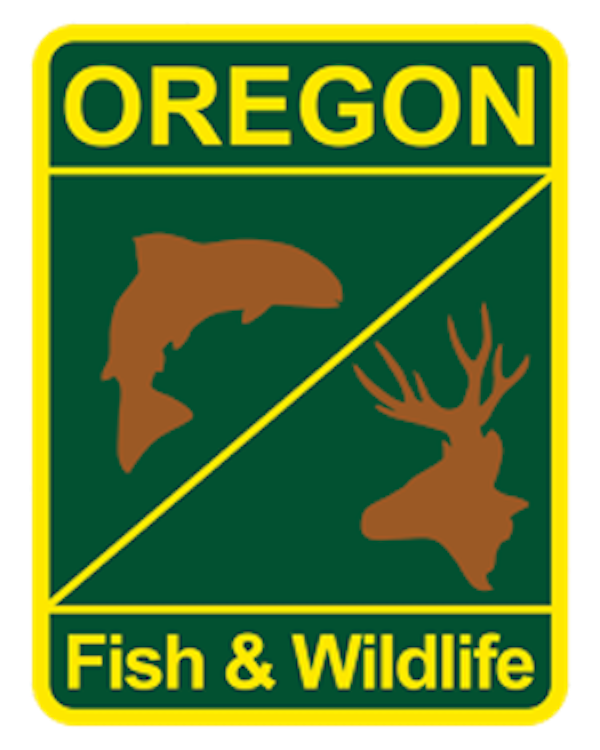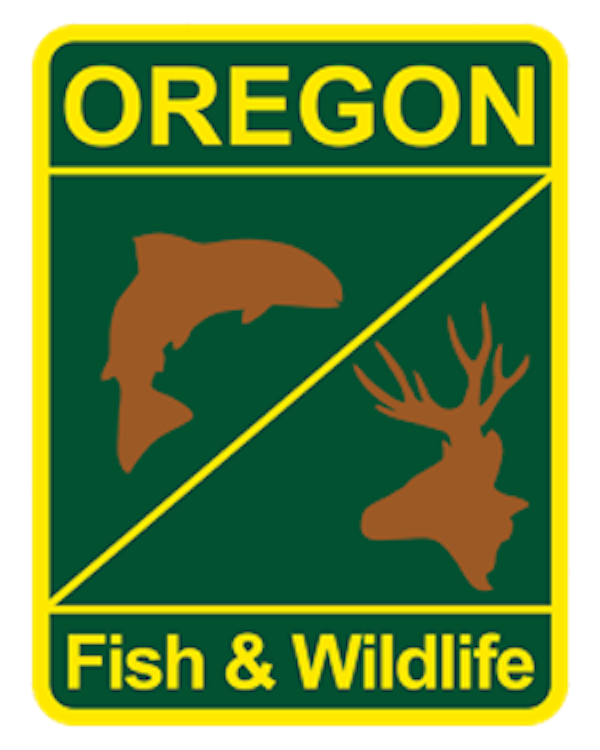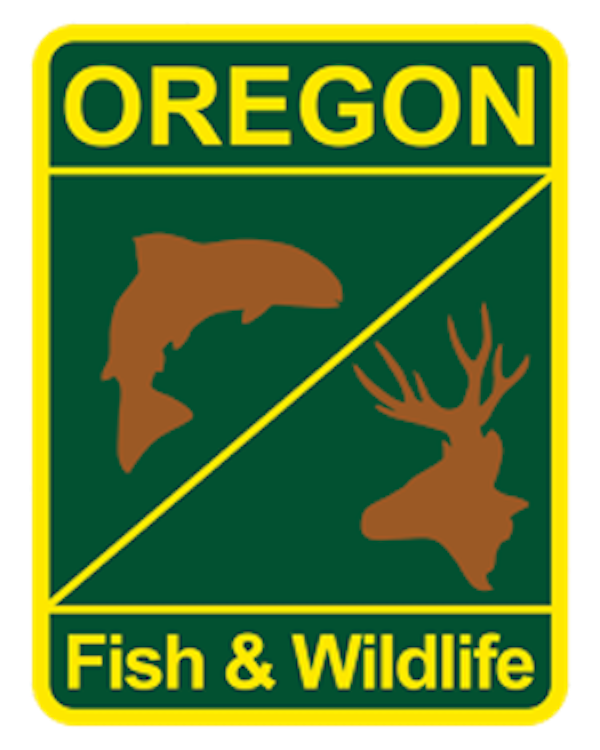Fish Report for 1-26-2023
Southern portion of Oregon's commercial Dungeness crab fishery opens

by OR Department of Fish & Wildlife Staff
1-26-2023
Website
NEWPORT, Ore. – Commercial Dungeness crab fishing opens Feb. 4 on the remaining southern portion of Oregon's coastline from Cape Arago (just south of Charleston) to the California border.
The earliest a crab season may start is Dec. 1 pending meat fill and biotoxin results. This year, the season opener was delayed due to crab in some areas with low meat fill or high domoic acid levels in crab viscera (guts). It opened Jan. 15 from Cape Falcon to Cape Arago and opens Feb. 1 from Cape Falcon to the Washington border.
Meat fill is now excellent statewide yet domoic acid remains elevated in some portions of the southern coast. To ensure a great product for consumers, some part(s) of this area may open under an evisceration requirement.
Harvest of crab from a "biotoxin management zone" (BMZ), where domoic acid levels are high, may occur only with the pairing of an evisceration requirement. Currently, there is a BMZ that includes only a small portion of the open area from Cape Arago to just north of Charleston, around Coos Bay.
While the announcement today opens the season Feb. 4 from Cape Arago south, the BMZ location and timing will be dependent on results of on-going biotoxin testing. Test results released today are below alert levels, but additional testing is required to remove any need for evisceration. The Oregon Department of Agriculture (ODA) tests crab and other shellfish for biotoxins throughout the season.
Domoic acid may be removed by evisceration, the process used to remove the guts where domoic acid accumulates. Any crab landed commercially from a BMZ must be eviscerated by a licensed ODA seafood processor and cannot be sold whole. Traceability measures are required to ensure only properly handled and safe product reaches consumers. This process results in a high-quality, safe product for consumers.
"Opening the crab season in any area with an evisceration requirement is not ideal," says Caren Braby, ODFW's Marine Resources Program Manager. "However, we need to get the fishery going for the vessel crews who are waiting for paychecks and to avoid the on-coming migration of whales. We are fortunate in Oregon to have a system that allows this fishery to harvest through biotoxin events and provide a safe, delicious product. Biotoxin events are occurring more frequently due to changing ocean conditions, so we are prepared for the future with our Oregon system."
For more information about Oregon's shellfish marine biotoxin monitoring, call ODA's shellfish safety information hotline at (800) 448‐2474 or visit the ODA shellfish closures web page.
More Reports
Sturgeon retention closing in The Dalles and John Day pools this week
Columbia River
1-24-2023
CLACKAMAS, Ore.—Wednesday, Jan. 25 will be the last day to retain sturgeon in The Dalles Pool (mainstem Columbia River from...... Read More
Changes to recreational crabbing domoic acid closure boundaries

1-20-2023
NEWPORT, Ore – The Oregon Department of Agriculture (ODA) and ODFW moved the recreational crabbing (ocean, bays, and estuaries) biotoxin...... Read More

Website Hosting and Design provided by TECK.net